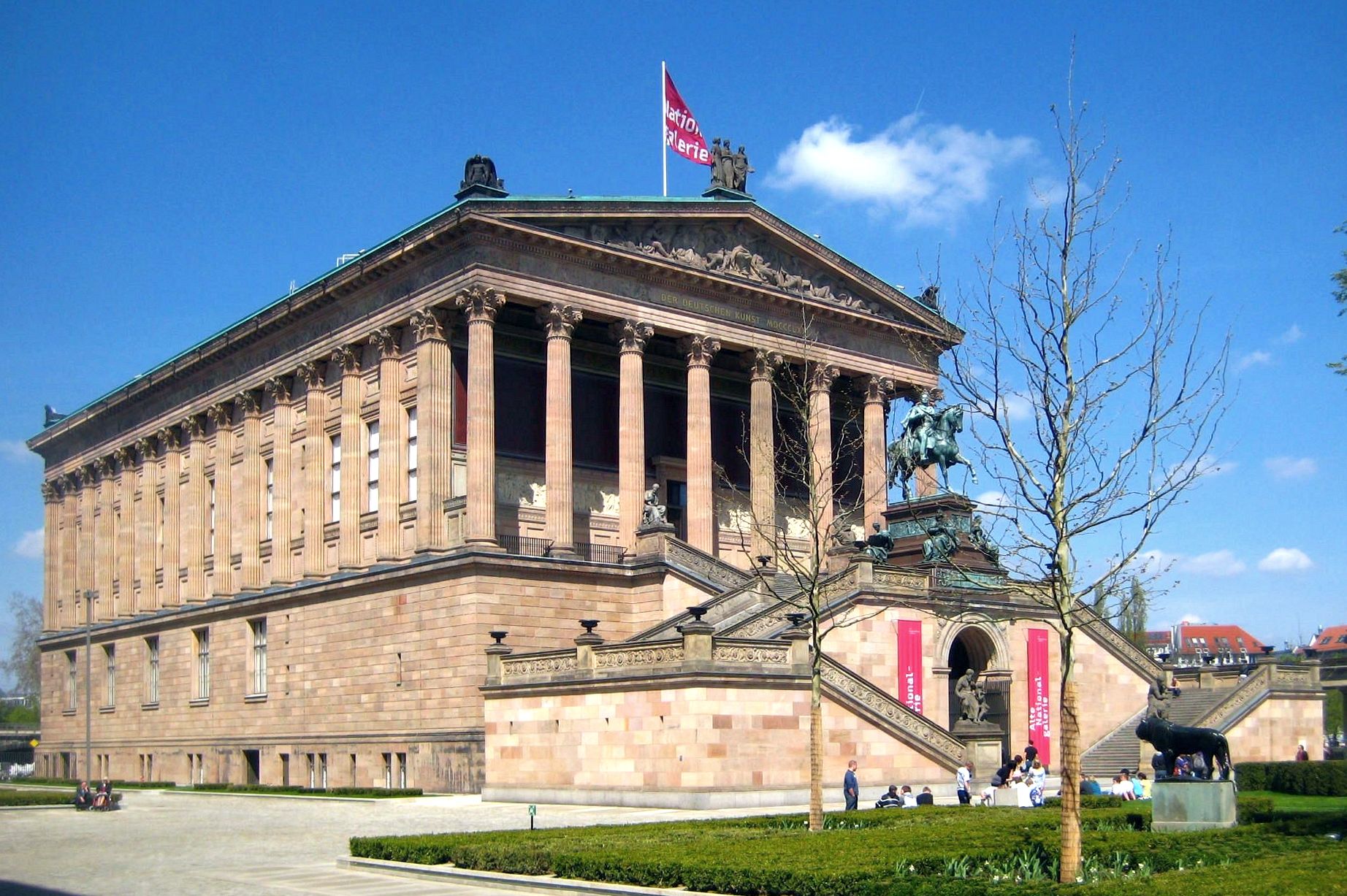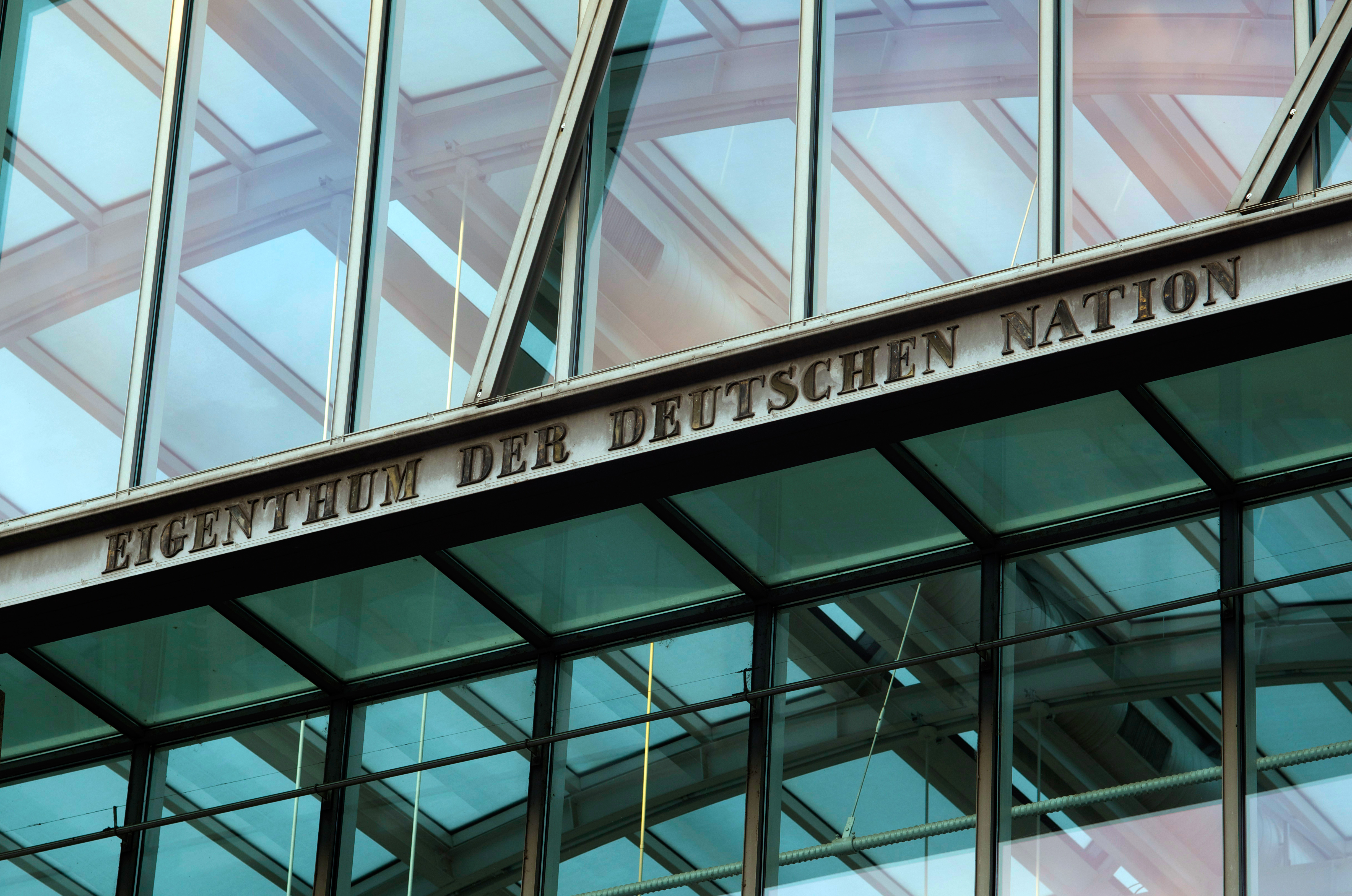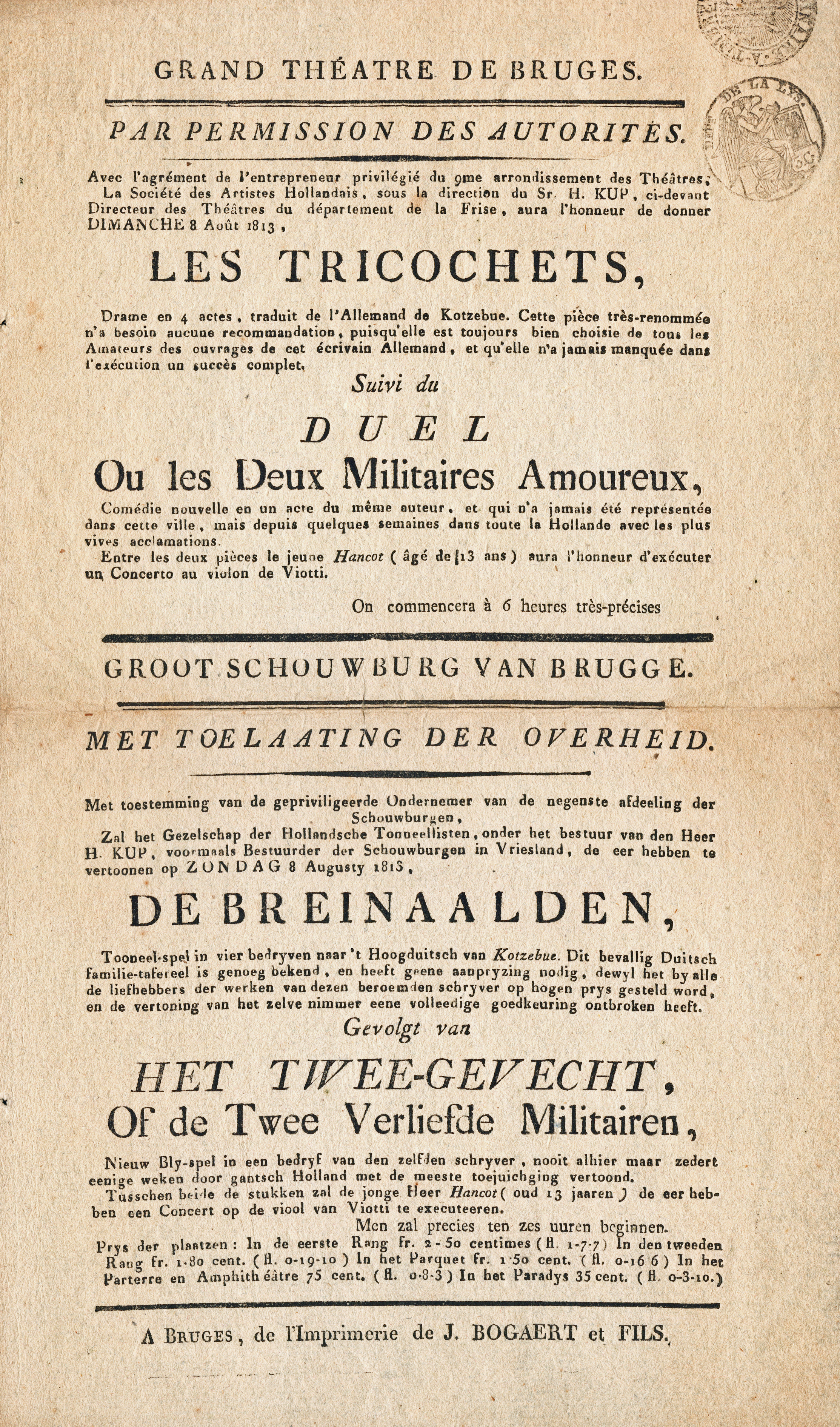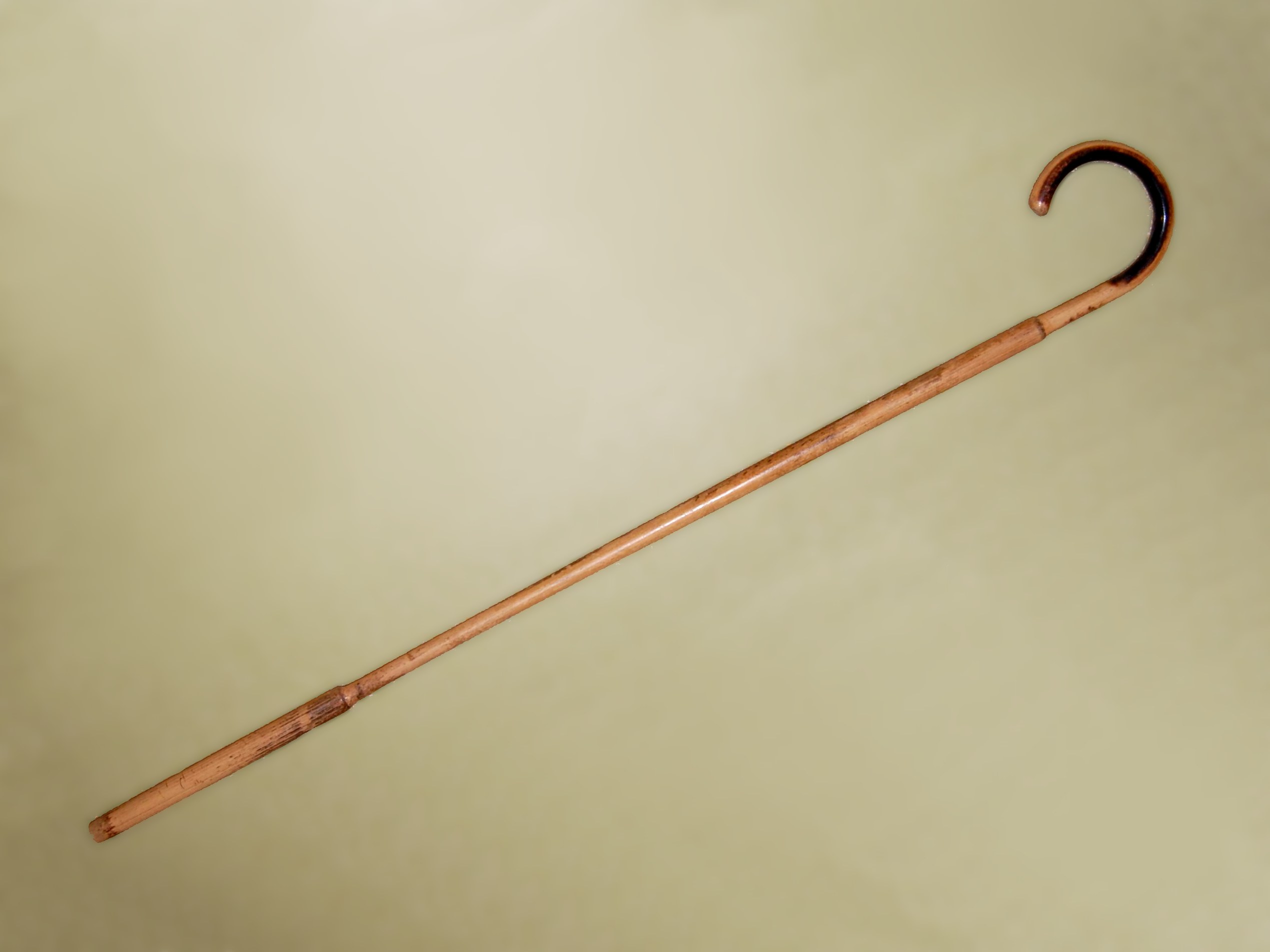|
The Poor Poet
''The Poor Poet'' (german: Der arme Poet) is the best known and most popular painting by German painter Carl Spitzweg. It was executed in 1839 and had three versions. Description The painting depicts a poet in his poor attic room. The narrow room is illuminated by a small window on the left. On the right there are the rafters of the house roof, on which an umbrella hangs, to protect the sleeping area from the moisture dripping through the roof. The room door can be seen on the right edge of the painting. Opposite the door, on the left edge of the picture, there is a green tiled stove without fire. The poor poet has no bed: instead he lies on a mattress against the wall of the floor, in a dressing gown, with a sleeping hat on his head. On his knees he holds some pages of a manuscript with his left hand. With the fingers of his right hand he appears to be counting the meter of a poem. In front of the mattress, there are thick books and two boxes with an inkwell on them. On the sp ... [...More Info...] [...Related Items...] OR: [Wikipedia] [Google] [Baidu] |
Carl Spitzweg
Carl Spitzweg (February 5, 1808 – September 23, 1885) was a German romanticist painter, especially of genre subjects. He is considered to be one of the most important artists of the Biedermeier era. Life and career Spitzweg was born in Unterpfaffenhofen, near Munich, Bavaria, the second of three sons of Franziska (née Schmutzer) and Simon Spitzweg. His father, a wealthy merchant, had Carl trained as a pharmacist. He attained his qualification from the University of Munich but, while recovering from an illness, he took up painting. Spitzweg was self-taught as an artist, starting out by copying the works of Flemish masters. He contributed his first work to satiric magazines. Upon receiving an inheritance in 1833, he was able to dedicate himself to painting. Later, Spitzweg visited European art centers in Prague, Venice, Paris, London, and Belgium studying the works of various artists and refining his technique and style. His later paintings and drawings are often humorous ... [...More Info...] [...Related Items...] OR: [Wikipedia] [Google] [Baidu] |
Hexameter
Hexameter is a metrical line of verses consisting of six feet (a "foot" here is the pulse, or major accent, of words in an English line of poetry; in Greek and Latin a "foot" is not an accent, but describes various combinations of syllables). It was the standard epic metre in classical Greek and Latin literature, such as in the ''Iliad'', ''Odyssey'' and ''Aeneid''. Its use in other genres of composition include Horace's satires, Ovid's ''Metamorphoses,'' and the Hymns of Orpheus. According to Greek mythology, hexameter was invented by Phemonoe, daughter of Apollo and the first Pythia of Delphi.Pliny the Elder, 7.57 __TOC__ Classical Hexameter In classical hexameter, the six feet follow these rules: * A foot can be made up of two long syllables (– –), a spondee; or a long and two short syllables, a dactyl (– υ υ). * The first four feet can contain either one of them. * The fifth is almost always a dactyl, and last must be a spondee. A short syllable (υ) is a syll ... [...More Info...] [...Related Items...] OR: [Wikipedia] [Google] [Baidu] |
Charlottenburg Palace
Schloss Charlottenburg (Charlottenburg Palace) is a Baroque palace in Berlin, located in Charlottenburg, a district of the Charlottenburg-Wilmersdorf borough. The palace was built at the end of the 17th century and was greatly expanded during the 18th century. It includes much lavish internal decoration in baroque and rococo styles. A large formal garden surrounded by woodland was added behind the palace, including a belvedere, a mausoleum, a theatre and a pavilion. During the Second World War, the palace was badly damaged but has since been reconstructed. The palace with its gardens is a major tourist attraction. History Palace The original palace was commissioned by Sophie Charlotte, the wife of Friedrich I, Elector of Brandenburg in what was then the village of Lietzow. Named ''Lietzenburg'', the palace was designed by Johann Arnold Nering in baroque style. It consisted of one wing and was built in storeys with a central cupola. The façade was decorated with Co ... [...More Info...] [...Related Items...] OR: [Wikipedia] [Google] [Baidu] |
Berlin
Berlin is Capital of Germany, the capital and largest city of Germany, both by area and List of cities in Germany by population, by population. Its more than 3.85 million inhabitants make it the European Union's List of cities in the European Union by population within city limits, most populous city, as measured by population within city limits having gained this status after the United Kingdom's, and thus London's, Brexit, departure from the European Union. Simultaneously, the city is one of the states of Germany, and is the List of German states by area, third smallest state in the country in terms of area. Berlin is surrounded by the state of Brandenburg, and Brandenburg's capital Potsdam is nearby. The urban area of Berlin has a population of over 4.5 million and is therefore the most populous urban area in Germany. The Berlin/Brandenburg Metropolitan Region, Berlin-Brandenburg capital region has around 6.2 million inhabitants and is Germany's second-largest metropolitan reg ... [...More Info...] [...Related Items...] OR: [Wikipedia] [Google] [Baidu] |
National Gallery (Berlin)
The National Gallery (german: Nationalgalerie) in Berlin, Germany, is a museum for art of the 19th, 20th and 21st centuries. It is part of the Berlin State Museums. From the Alte Nationalgalerie, which was built for it and opened in 1876, its exhibition space has expanded to include five other locations. The museums are part of the Berlin State Museums, owned by the Prussian Cultural Heritage Foundation. Locations The holdings of the National Gallery are currently shown in five locations: * Alte Nationalgalerie: 19th-century art, on Museum Island * Neue Nationalgalerie: 20th-century art, at the Kulturforum. The building, designed by Ludwig Mies van der Rohe, opened on 15 September 1968. * Berggruen Museum: in Charlottenburg, showing classics of 20th-century modern art collected by Heinz Berggruen; added to the National Gallery in 1996. * Scharf-Gerstenberg Collection: in Charlottenburg, showing 20th-century art from French Romanticism to Surrealism; added to the National ... [...More Info...] [...Related Items...] OR: [Wikipedia] [Google] [Baidu] |
Stefan Koldehoff
Stefan Koldehoff (born 27 October 1967) is a German journalist, art market expert and non-fiction author. He became known through numerous publications and his work as culture editor of the Deutschlandfunk. Life Born in Wuppertal, Koldehoff graduated in history of art, German studies and political science. At the same time, he initially worked as a freelance journalist for the ''Frankfurter Allgemeine Zeitung'', ''Die Tageszeitung'' (taz) and the '' Westdeutscher Rundfunk Köln'' (WDR). From 1998 he was editor for three years, most recently deputy editor-in-chief of the ''Art'' magazine in Hamburg.Stefan Koldehoff (in German) '''' 2021, retrieved 1 October 2021 ... [...More Info...] [...Related Items...] OR: [Wikipedia] [Google] [Baidu] |
Nuremberg
Nuremberg ( ; german: link=no, Nürnberg ; in the local East Franconian dialect: ''Nämberch'' ) is the second-largest city of the German state of Bavaria after its capital Munich, and its 518,370 (2019) inhabitants make it the 14th-largest city in Germany. On the Pegnitz River (from its confluence with the Rednitz in Fürth onwards: Regnitz, a tributary of the Main (river), River Main) and the Rhine–Main–Danube Canal, it lies in the Bavarian Regierungsbezirk, administrative region of Middle Franconia, and is the largest city and the unofficial capital of Franconia. Nuremberg forms with the neighbouring cities of Fürth, Erlangen and Schwabach a continuous conurbation with a total population of 800,376 (2019), which is the heart of the urban area region with around 1.4 million inhabitants, while the larger Nuremberg Metropolitan Region has approximately 3.6 million inhabitants. The city lies about north of Munich. It is the largest city in the East Franconian dialec ... [...More Info...] [...Related Items...] OR: [Wikipedia] [Google] [Baidu] |
Germanisches Nationalmuseum
The Germanisches National Museum is a museum in Nuremberg, Germany. Founded in 1852, it houses a large collection of items relating to German culture and art extending from prehistoric times through to the present day. The Germanisches National Museum is Germany's largest museum of cultural history. Out of its total holding of some 1.3 million objects (including the holdings of the library and the Department of Prints and Drawings), approximately 25,000 are exhibited. The museum is situated in the south of the historic city center between Kornmarkt and Frauentormauer along the medieval city wall. Its entrance hall is situated on Kartäusergasse which was transformed by the Israeli sculptor Dani Karavan to the Way of Human Rights (german: Straße der Menschenrechte). Name, establishment, guiding principles The Germanisches Museum, as it was named initially, was founded by a group of individuals led by the Franconian baron Hans von und zu Aufsess, whose goal was to assembl ... [...More Info...] [...Related Items...] OR: [Wikipedia] [Google] [Baidu] |
Herrsching Am Ammersee
Herrsching am Ammersee is a municipality in Upper Bavaria, Germany, on the east shore of the Ammersee, southwest of Munich. The population is around 8,000 in winter, increasing to 13,000 in summer. Situated at one terminus of the Munich S-Bahn line S8, the village is popular with travellers for its water-sports and as the starting point of trips to the Benedictine Andechs Abbey. Herrsching is also a stop for touring steamships of the Bavarian ''Seenschiffahrt'' or lake fleet. Prior to the Second World War, Herrsching was home to the Hersching Business School (''Reichsfinanzschule Hersching''). From 1945 to 1946, the school was converted into a POW hospital and rehab facility for soldiers who had lost limbs. Main sights Notable sights include *the lake-front promenade (at about 5 km, the longest one in Germany) *''Kurparkschlössl'' (Little castle), built in 1888 by the artist Ludwig Scheuermann *Historic paddle-wheel steamships ''Herrsching'' and ''Diessen'' docking ... [...More Info...] [...Related Items...] OR: [Wikipedia] [Google] [Baidu] |
August Von Kotzebue
August Friedrich Ferdinand von Kotzebue (; – ) was a German dramatist and writer who also worked as a consul in Russia and Germany. In 1817, one of Kotzebue's books was burned during the Wartburg festival. He was murdered in 1819 by Karl Ludwig Sand, a militant member of the '' Burschenschaften''. This murder gave Metternich the pretext to issue the Carlsbad Decrees of 1819, which dissolved the ''Burschenschaften'', cracked down on the liberal press, and seriously restricted academic freedom in the states of the German Confederation. Life Kotzebue was born in Weimar to the respected merchant Kotzebue family and was educated at Wilhelm-Ernst- Gymnasium in Weimar, where his uncle, the writer and critic Johann Karl August Musäus was among his teachers. In 1776 the young Kotzebue acted alongside Goethe in the latter's play ''Die Geschwister'' when it premiered in Weimar. In 1777, aged sixteen, he enrolled at the University of Jena to study legal science. He continued his ... [...More Info...] [...Related Items...] OR: [Wikipedia] [Google] [Baidu] |
William Hogarth
William Hogarth (; 10 November 1697 – 26 October 1764) was an English painter, engraver, pictorial satirist, social critic, editorial cartoonist and occasional writer on art. His work ranges from realistic portraiture to comic strip-like series of pictures called "modern moral subjects", and he is perhaps best known for his series '' A Harlot's Progress'', '' A Rake's Progress'' and '' Marriage A-la-Mode''. Knowledge of his work is so pervasive that satirical political illustrations in this style are often referred to as "Hogarthian". Hogarth was born in London to a lower-middle-class family. In his youth he took up an apprenticeship with an engraver, but did not complete the apprenticeship. His father underwent periods of mixed fortune, and was at one time imprisoned in lieu of outstanding debts, an event that is thought to have informed William's paintings and prints with a hard edge. Influenced by French and Italian painting and engraving, Hogarth's works are most ... [...More Info...] [...Related Items...] OR: [Wikipedia] [Google] [Baidu] |
Walking Stick
A walking stick or walking cane is a device used primarily to aid walking, provide postural stability or support, or assist in maintaining a good posture. Some designs also serve as a fashion accessory, or are used for self-defense. Walking sticks come in many shapes and sizes and some have become collector's items. People with disabilities may use some kinds of walking sticks as a crutch but a walking cane is not designed for full weight support and is instead designed to help with balance. The walking stick has also historically been known to be used as a self defensive weapon and may conceal a knife or sword – as in a swordstick or swordcane. Hikers use walking sticks, also known as trekking poles, pilgrim's staffs, hiking poles, or hiking sticks, for a wide variety of purposes: as a support when going uphill or as a brake when going downhill; as a balance point when crossing streams, swamps, or other rough terrain; to feel for obstacles in the path; to test mud a ... [...More Info...] [...Related Items...] OR: [Wikipedia] [Google] [Baidu] |







